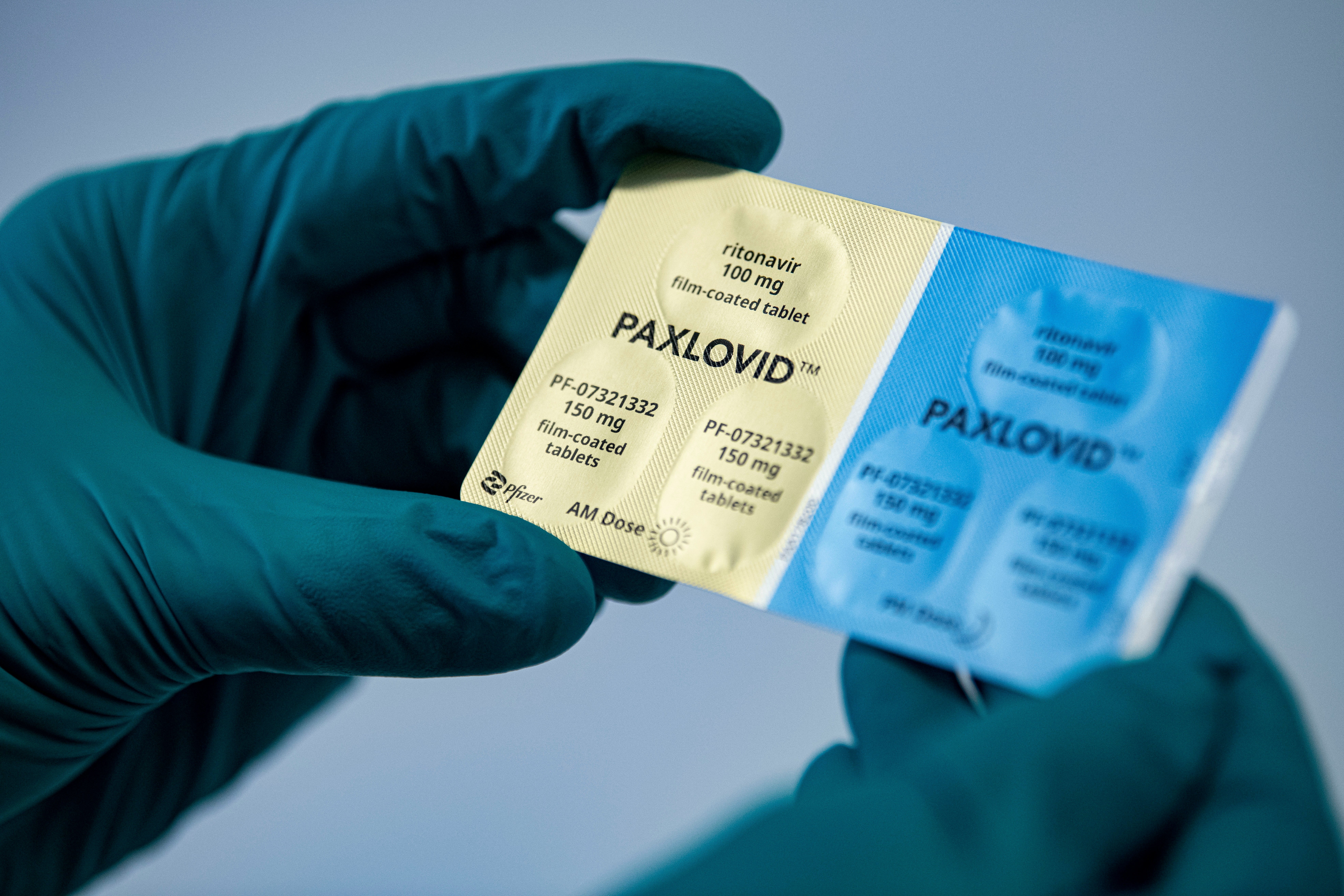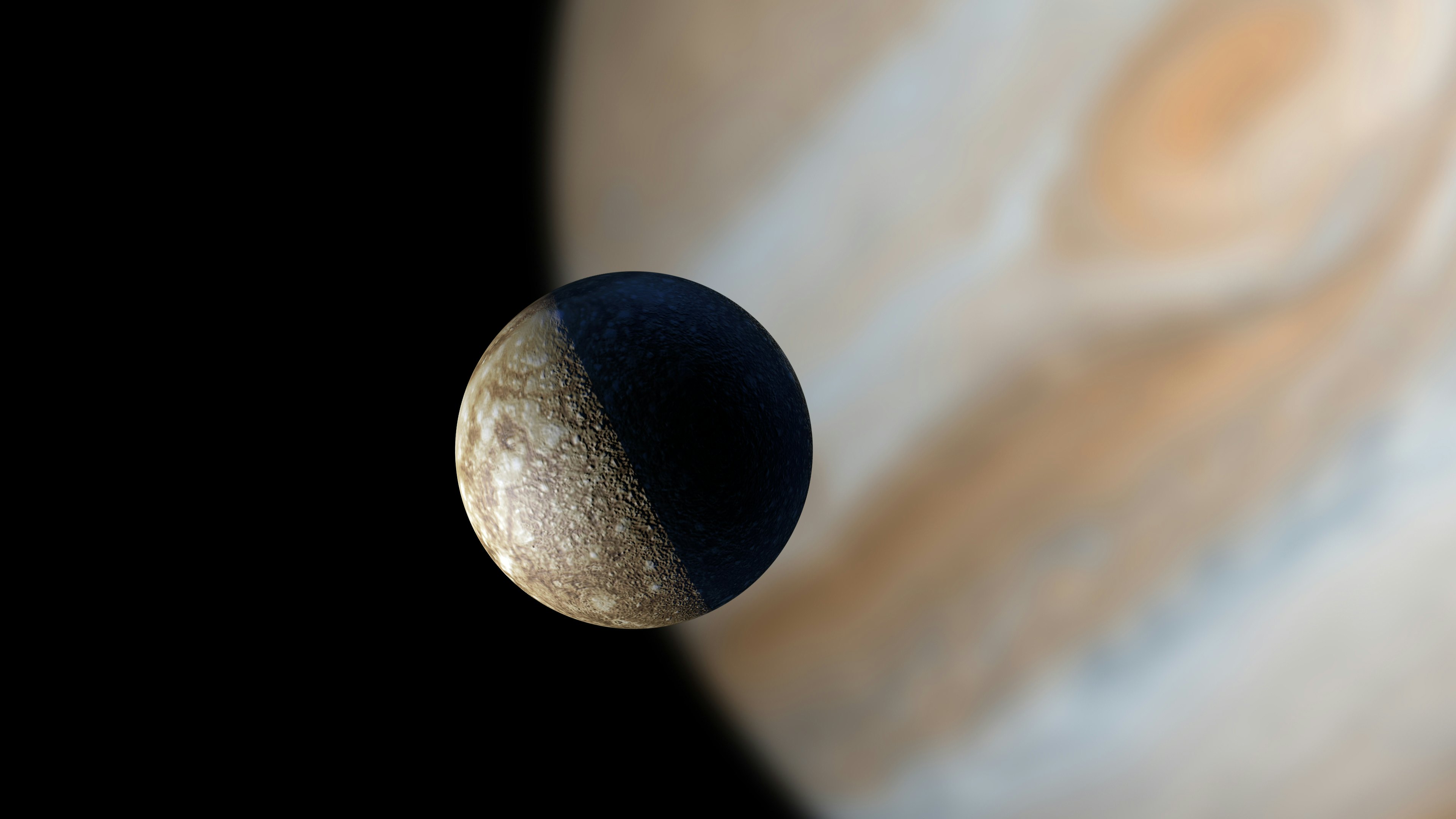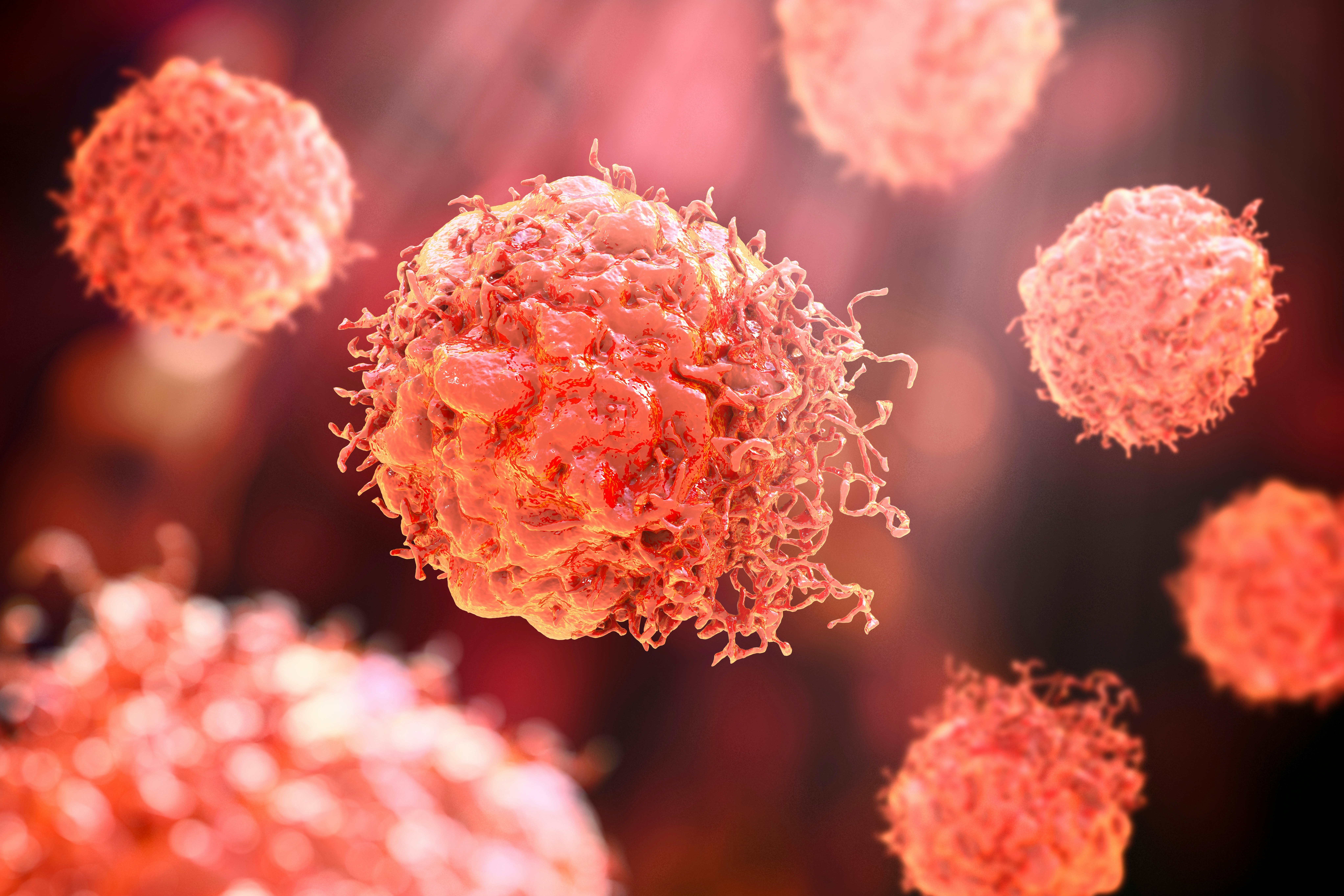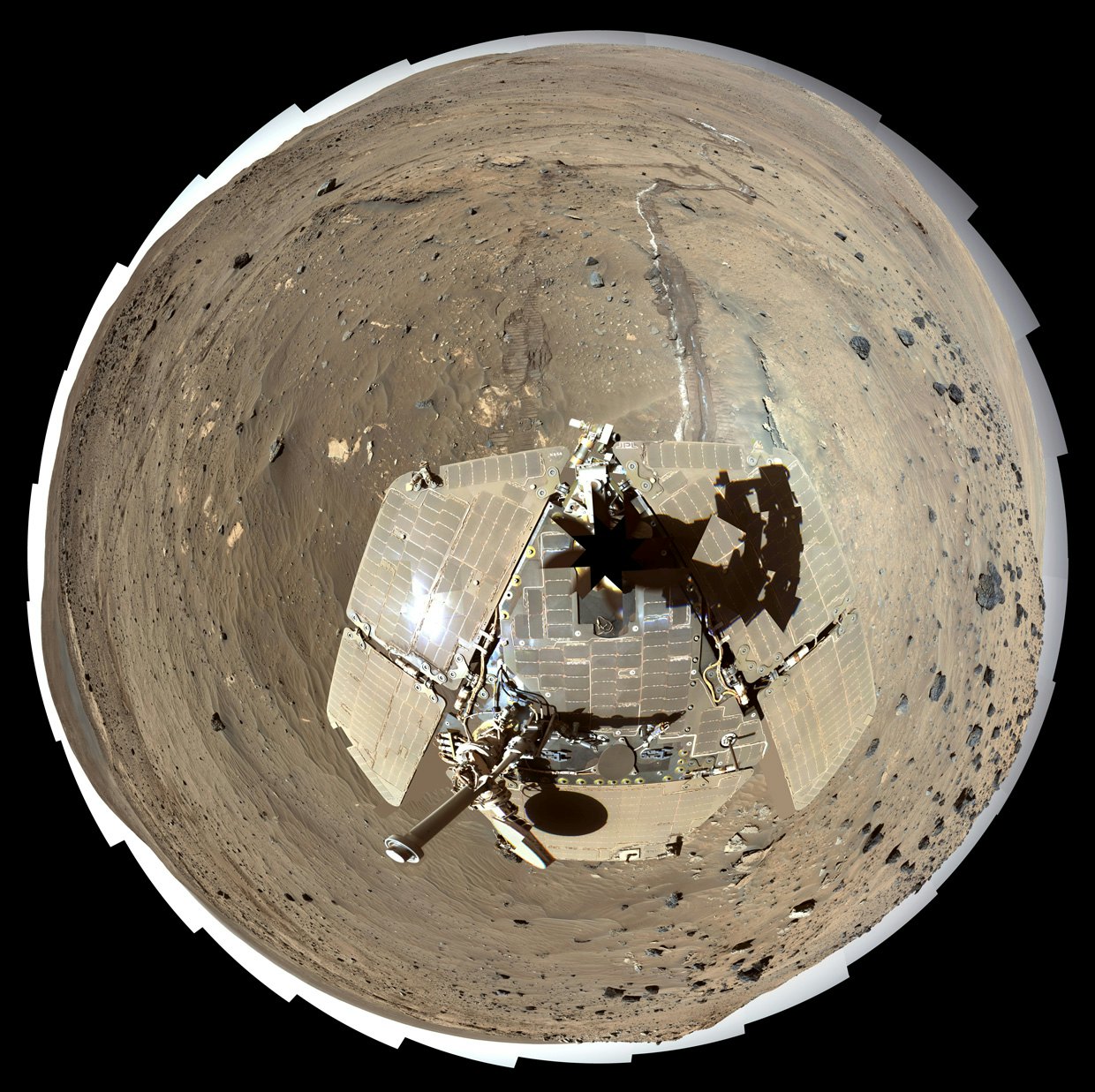What lies beneath the ice on Europa? NASA is betting big on the chance there may be the right conditions for life. So big, indeed, it is sending the largest spaceprobe of its kind to the Jovian moon sometime in 2024. Unfortunately, we will need to wait until the nextdecade for any data (takes a while to get to the Jupiter system...), but in the meantime, we can watch the magic unfold as engineers build the Europa Clipper and make it ready for science.
This is an adapted version of the Inverse Daily newsletter for Friday, June 10, 2022. Subscribe for free and learn something new every day.
TGIF. Keep scrolling to read about the James Webb Space Telescope, Paxlovid and rebound Covid-19 infections, and an interview on Ms. Marvel.

Paxlovid and rebound Covid-19 infections: What you need to know
On June 3, U.S. Senator Jeff Merkley announced that he had a “rebound” Covid-19 infection after taking Pfizer’s antiviral, Paxlovid.
In a statement he posted on Twitter, Merkley wrote: “After recovering and feeling better, some COVID symptoms have returned I have again tested positive. This is occurring in a modest percent of folks who used Paxlovid and is called ‘COVID-19 rebound.”
Paxlovid was the first Covid-19 oral antiviral granted Emergency Use Authorization (EUA) by the FDA, in late December of 2021. Manufactured by Pfizer, the novel drug showed impressive outcomes in clinical trials, reducing hospitalization or death in people with Covid-19 by 88 percent when given within five days of symptom onset.
During clinical trials, researchers had noted that the antiviral can cause rebound infection — where someone with Covid-19 feels better and tests negative, only to have symptoms and detectable levels of the virus reoccur within days — but those instances seemed to be rare. Saralyn Mark, an endocrinologist, gerontologist, and Covid-19 Lead for the American Medical Women’s Association, tells Inverse that in the clinical trials for the EUA, one to 2 percent of participants experienced rebound infections but “nothing that raised red flags.”
There is no official estimate of how often rebound infections occur in the real world. Researchers are still trying to determine the frequency as well as causation.

A micrometeor just smacked into the Webb Space Telescope — it wasn’t the first
Despite positioning Webb at a relatively clean area of space called Lagrangian Point 2, some million miles from Earth and the myriad space junk that surrounds us, the telescope has sustained a direct hit.
In this case, a micrometeor smacked into one of the telescope’s primary mirror segments, one of the 18 gold and beryllium coated hexagons that will enable us to observe the universe as never before. NASA revealed the damage on Wednesday, June 8 in a news release, although it appears the event actually occurred at some point between May 23 and May 25.
A micrometeor is a dust-sized particle that is whizzing through space so fast as to make it powerful enough to do damage.
As Inverse previously reported in January from a Webb-related media briefing, the issue with being a million miles from Earth is that there is no way to send a repair crew — so Webb is stuck with a partially damaged mirror segment:
“Let’s say, a piece of debris hits it,” posits Julie Van Campen, a NASA engineer and a deputy commissioning manager for the James Webb Space Telescope. “And then we had a problem like that broke a mirror,” or another piece of kit, she continues. What protects the telescope from this eventuality happening?
“The answer is not much,” she says. “What you see is what you get.”

NASA just passed a major milestone in the hunt for alien life
Engineers completed the Europa Clipper’s main body, which includes some of the most vital components for the 2024 mission to Jupiter’s mysterious moon Europa.
Europa’s icy surface may harbor secrets beneath the frigid outer shell — namely, the conditions necessary to sustain life, either now, in the future, or in the past. The only way to really investigate that theory is to send a probe to test the waters, so to speak. That’s what Europa Clipper is designed to do.
Due to launch at some point in 2024, the Clipper will take six years to travel to Europa from Earth. Once it is there, it will begin scientific operations in 2031. It’s a while to wait, but if the pay-off is evidence of life elsewhere in the universe, I think we can all agree it is worth the effort.

Artemis SLS rolls out again and more: Understand the world through 7 images
NASA brought the Artemis I SLS back to the launch pad this week. Meanwhile, scientists found animals’ strange evolutionary origins and reported on a promising cancer drug.
The latter breakthrough could help treat so-called ‘treatment resistant’ rare cancers. Called ERX-41, the compound is better tolerated by the body than other treatment options and it doesn’t have as great an effect on healthy cells.
But sometimes the best way to understand is to see it, so click through for a gallery of incredible science images from the last week.

Weekend pick: How Ms. Marvel creators “convinced” Kevin Feige to ditch the MCU’s worst trend
Sana Amanat remembers going to prom.
“I wasn’t allowed to go to prom with a date,” Amanat tells Inverse. “My mom was like, ‘How dare you think you’re going to go with a boy? Absolutely not.’”
For reasons that still baffle the now 39-year-old Marvel Director of Content and Character Development, her school required dates. “I split a ticket with someone else and went alone,” Amanat says.
That wasn’t the only hurdle for Amanat. “I couldn’t find a dress that was conservative enough. I found some material and just kind of wrapped it around my body and made a skirt of it, pinned it. I made a very homemade dress and went to prom.”
Despite her craftsmanship, the experience only reminded Amanat of the entrenched ways American culture others those who do not neatly fit into its molds.
“I had to constantly live two different lives,” she says, “And trying to navigate it. Like, Why can’t I go to prom with a boy? Why do I need to wrap this thing around my body?”
First and second-generation Americans perform a balancing act of respecting and embracing their culture that is key to understanding the Marvel Cinematic Universe’s first Muslim superhero — and her boundless, colorful imagination. Ms. Marvel celebrates Kamala’s fantastical inner life in a way that pushes the boundaries of her culture’s expectations while rebelling against the gray-hued color tones and dark visual language that has come to define the MCU.
“From there came this idea of Kamala,” says Amanat.

About this newsletter: Do you think it can be improved? Have a story idea? Want to share a story about the time you met an astronaut? Send those thoughts and more to newsletter@inverse.com.
- On this day in history: On June 10, 2003, Spirit rover launched on a journey to Mars. It was one of the rovers taking part in the NASA Mars Exploration Rover mission (the other was Opportunity). Spirit persisted on the Red Planet until March of 2010 when its batteries died after it got stuck in a sand trap. During its working time, Spirit documented the Martian surface.
- Song of the day: “School Spirit,” by Kanye West.







